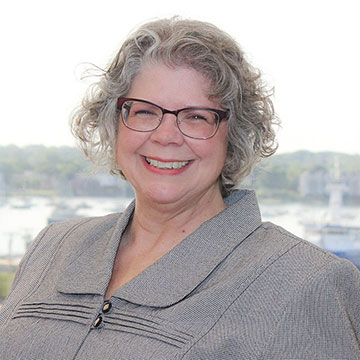Guarding Golden Years: Preventing Patient Falls and Ensuring Caregiver Safety

Many things change with age. Although I am not yet considered elderly, I have noticed myself squinting at small print and taking a bit longer to get out of the recliner. While these may seem minor at this point, they are signs of a slightly increased risk of falling. In the United States, falls are the leading cause of fatal and non-fatal injuries for individuals over 65 years old, with 1 in 4 older adults reporting a fall every year, resulting in over a million hospitalizations.
If you are one of the over 4 million people working in residential care facilities, nursing care facilities, and home health services, you have probably cared for someone who has fallen. While these incidents can be devastating for patients, they can also have a significant impact on the caregiver. Staff injuries may occur while trying to prevent a resident from falling or assisting them after a fall. Data from MEMIC claims reveal a significant number of worker injuries related to resident falls with an average cost of nearly $10,000 per incident. These figures do not capture the personal and professional consequences for the worker or the costs and repercussions for the patient.
This highlights the necessity for well-structured fall reduction programs that safeguard both the patient and the caregiver. As with any safety initiative, conducting a thorough risk assessment is essential. Is your patient population at risk of falling? Which groups within the population, and specifically which patients, are at a higher risk? What dangers could these falls or near falls pose to staff members?
As part of your safe patient handling and mobility program (SPHM), it is crucial to regularly assess current fall prevention and response protocols using available self-evaluation tools. Analyzing the frequency and severity trends of both patient falls and staff injuries can offer further insights into the effectiveness of your existing program.
Consider enhancing patient fall reduction strategies such as exercise, adjustments to care plans, and the use of mobility aids. Some facilities may explore the use of artificial intelligence and remote monitoring devices. Remember to also focus on the care environment. Whatever measures contribute to the safety of your residents will also enhance the protection of your staff.
Prepare a plan in the event of a resident fall. While there is no safe manual lift from the floor, newer innovations offer floor recovery devices that can be used across the continuum of care. Proper equipment and training decrease the likelihood of injury to both the patient and the caregiver.
Comprehensive resident fall prevention and recovery programs ensure the safety of both the resident and caregiver while promoting quality care. Policyholders are encouraged to participate in MEMIC’s free webinar, Healthcare: The Falling Resident scheduled for October 9, 2024. The webinar will delve into strategies, opportunities, and resources to support success in resident fall reduction and caregiver safety.
Related MEMIC blogs:
- Haste Not Helpful When Helping a Fallen Patient
- Tracking Your Safe Patient Handling and Mobility Program
- Safe Patient/Resident Handling and Mobility Program Pulse Check
Program Self-Assessment Tools:

